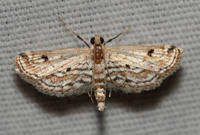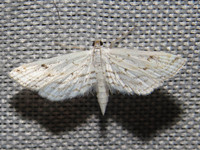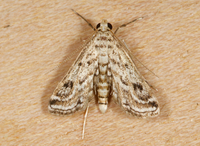 | Recorded by: Jim Petranka, Mark Basinger and Becky Elkin on 2025-08-02
Richmond Co.
Comment: |  | Recorded by: Allison Garton on 2025-07-01
Moore Co.
Comment: |
 | Recorded by: David George on 2025-06-29
Richmond Co.
Comment: | 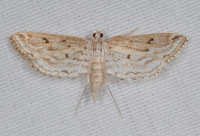 | Recorded by: Jim Petranka, Mark Basinger and Becky Elkin, David George on 2025-06-29
Richmond Co.
Comment: |
 | Recorded by: Larry Chen, Sarah Toner on 2025-06-25
Dare Co.
Comment: | 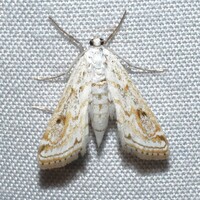 | Recorded by: Jeff Niznik, David George, Larry Chen, Sarah Toner, Joye Zhou on 2025-06-20
Richmond Co.
Comment: |
 | Recorded by: Allison Garton on 2025-06-06
Moore Co.
Comment: |  | Recorded by: Mark Basinger on 2025-06-01
Brunswick Co.
Comment: |
 | Recorded by: Mark Basinger on 2025-05-31
Brunswick Co.
Comment: |  | Recorded by: David George, Jeff Niznik on 2025-05-24
Richmond Co.
Comment: |
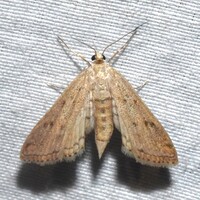 | Recorded by: Jeff Niznik, David George on 2025-05-09
Cumberland Co.
Comment: | 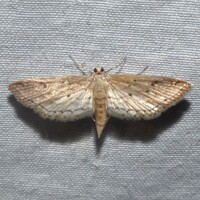 | Recorded by: Jeff Niznik, David George on 2025-05-09
Cumberland Co.
Comment: |
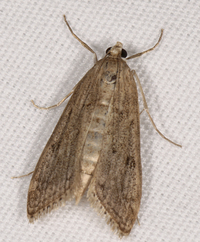 | Recorded by: John Petranka, Jim Petranka and Becky Elkin on 2025-04-14
Bladen Co.
Comment: | 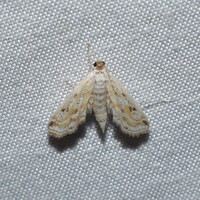 | Recorded by: Jeff Niznik on 2024-07-24
Orange Co.
Comment: |
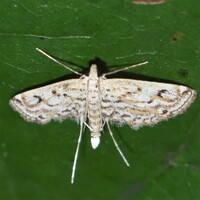 | Recorded by: Jeff Niznik on 2023-07-16
Durham Co.
Comment: |  | Recorded by: Jeff Niznik on 2023-07-04
Orange Co.
Comment: |
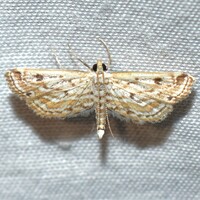 | Recorded by: Jeff Niznik on 2023-06-17
New Hanover Co.
Comment: | 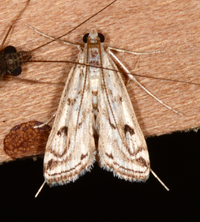 | Recorded by: Jim Petranka and John Petranka on 2023-06-14
Richmond Co.
Comment: |
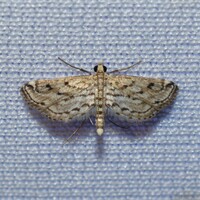 | Recorded by: David George, Jeff Niznik, Rich Teper on 2023-05-21
New Hanover Co.
Comment: | 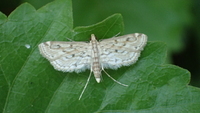 | Recorded by: Erich Hofmann and Kayla Weinfurther on 2023-04-21
Columbus Co.
Comment: |
 | Recorded by: John Petranka on 2023-03-27
Orange Co.
Comment: | 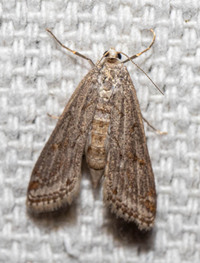 | Recorded by: Stephen Hall, Bo Sullivan, and Jim Petranka on 2022-08-29
Moore Co.
Comment: |
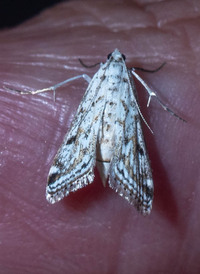 | Recorded by: Steve Hall and Jim Petranka on 2022-07-24
Richmond Co.
Comment: |  | Recorded by: Terrell Tucker on 2022-07-24
Moore Co.
Comment: |
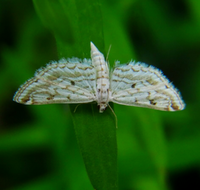 | Recorded by: Terrell Tucker on 2022-07-22
Moore Co.
Comment: |  | Recorded by: Dean Furbish on 2021-08-29
Wake Co.
Comment: |
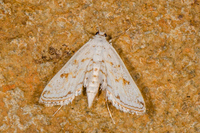 | Recorded by: David L. Heavner on 2021-07-13
Chatham Co.
Comment: | 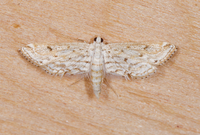 | Recorded by: Jim Petranka, Bo Sullivan and Steve Hall on 2021-06-09
Richmond Co.
Comment: |
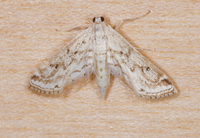 | Recorded by: Jim Petranka, Bo Sullivan and Steve Hall on 2021-06-09
Richmond Co.
Comment: | 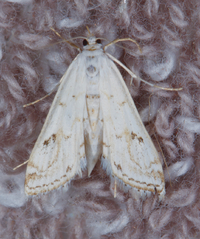 | Recorded by: Jim Petranka, Bo Sullivan and Steve Hall on 2021-06-08
Scotland Co.
Comment: |
|

 »
»